The trend of stargazing astrotourism is growing rapidly as more and more places around the world are affected by light pollution.
An astronomical study earlier this year found that the sky is brightening by about 10% each year, and that the Milky Way is becoming “invisible” to a third of the world’s population. Cheryl Chapman, director of development at the tourism board VisitScotland, said she had never seen a starry night sky, including the Milky Way, until she moved to Scotland’s remote Orkney Islands.
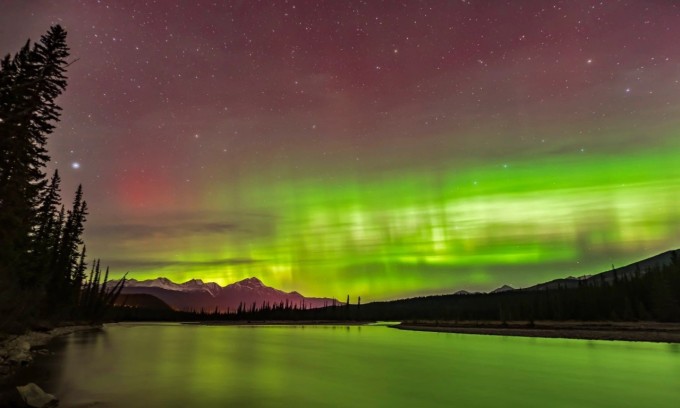
Northern Lights over the Athabasca River in Jasper National Park, Alberta, Canada. Photo: Getty
Orkney’s low population density means less light pollution. People living here are luckier than many in major cities around the world because they can see the stars with their naked eyes, something that urban dwellers accustomed to artificial electric light cannot enjoy.
Light pollution is a major factor driving the growth of astrotourism. This type of tourism takes visitors to remote, sparsely populated locations where the sky is filled with multicolored stars of varying brightness. The sky is deep, and the Milky Way can even be clearly observed. There is almost no artificial light, only the stars to light the way.
North Ronaldsa, the northernmost island in the Orkney archipelago with a population of around 60, has just been certified by the International Dark-Sky Association as a clear sky, light-pollution free location. It is also a popular destination for nature lovers as it is home to many Iron Age relics, the UK’s tallest inland lighthouse and a unique breed of seaweed-eating sheep.
North Ronaldsay and the Orkneys also attract tourists who are passionate about watching the night sky and the northern lights. The end of September to April is the peak tourist season here because it is the aurora season. The increase in aurora tours has led to the appearance of a series of smart weather forecasting applications. These applications help tourists check which days have less clouds and more stars, and also predict quite accurately the day the aurora appears, partly helping tourists proactively schedule special trips that only depart at night.
Mike Gere, owner of Jasper Photo Tours, which offers photography tours in Jasper National Park in Alberta, Canada, says weather forecasting apps are increasingly improving visitors' night sky viewing experience.
Gere also shared that Jasper National Park is one of the ideal destinations for astronomy tourists. This is one of 27 places with clear night skies designated by the Royal Astronomical Society of Canada and is the second largest dark sky reserve in the world. The dense sky of stars makes Jasper attractive. Tours here are often crowded in the summer and fall, especially during the Jasper Dark Sky Festival, which this year takes place from October 13-23.

Night sky in Jasper National Park, Canada. Photo: Peter Neville-Hadley
The park is not only famous for its magical night skies, but also for its exciting nightlife. "We occasionally encounter ungulates, usually deer and elk, on our night sky safaris. We may even encounter wolves, foxes, or coyotes. However, these situations are not too dangerous because a single beam of light will make the animals disappear," Gere said.
In early 2016, the Italian Institute of Light Pollution Science and Technology published a report that 60% of Europeans and 80% of North Americans can no longer see the Milky Way due to artificial light.
Some scientists are also concerned about the health consequences of the night sky becoming increasingly inaccessible to the naked eye, but the specific impact remains unclear.


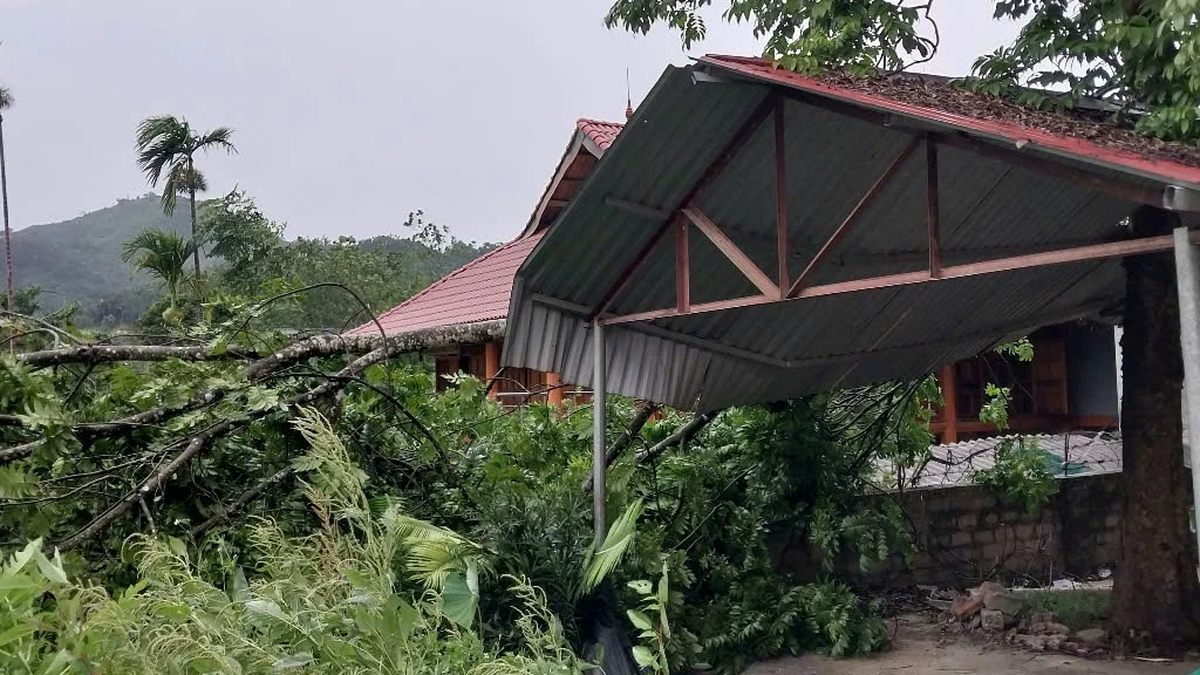

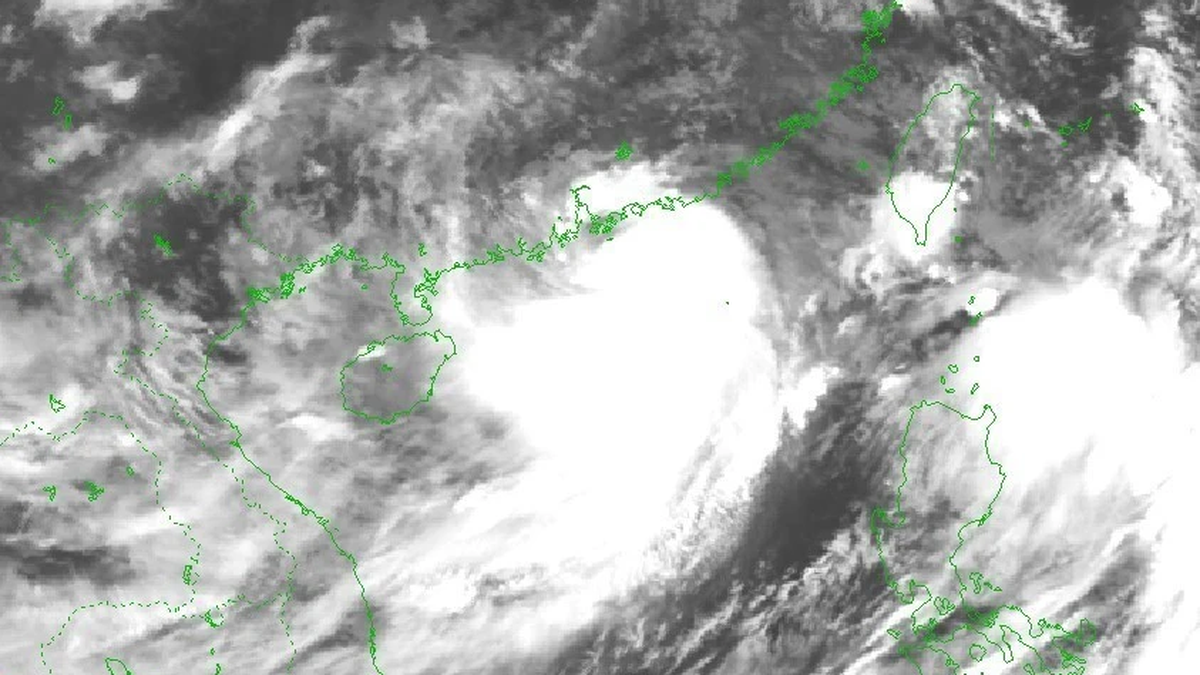




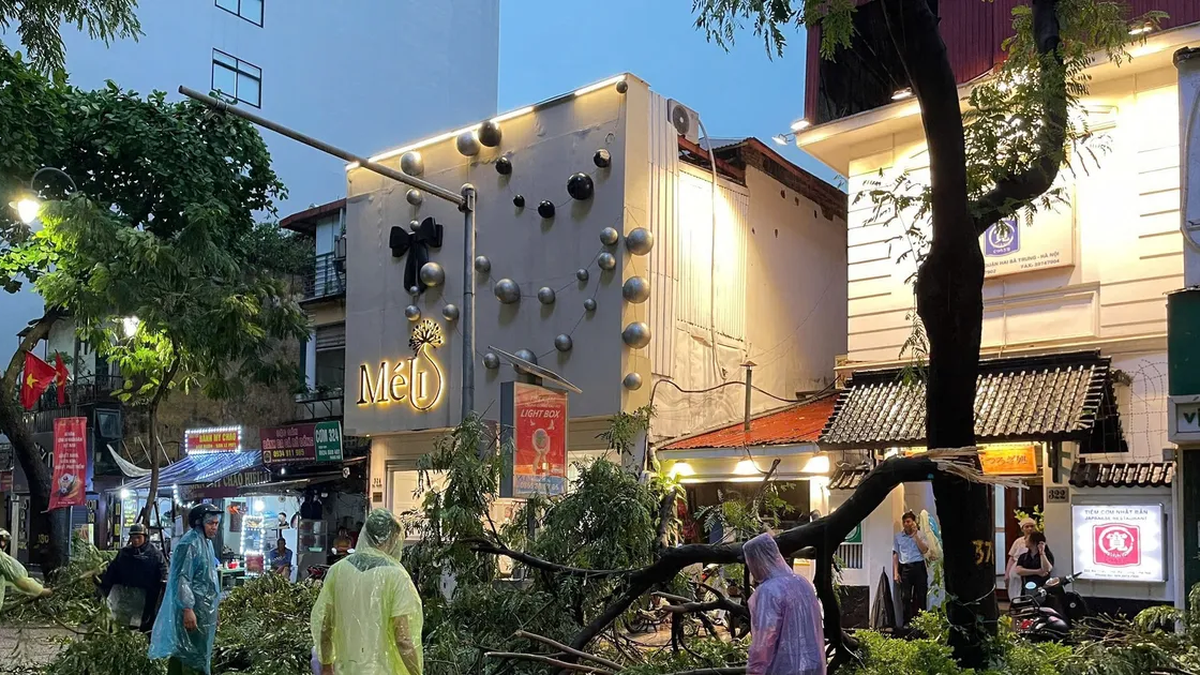



















![[Photo] National Assembly Chairman Tran Thanh Man visits Vietnamese Heroic Mother Ta Thi Tran](https://vphoto.vietnam.vn/thumb/1200x675/vietnam/resource/IMAGE/2025/7/20/765c0bd057dd44ad83ab89fe0255b783)




































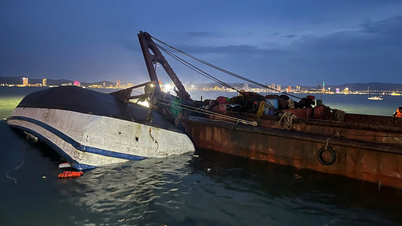

































Comment (0)